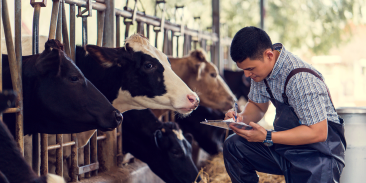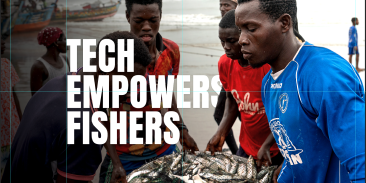With satellites and supply chains, global brands take aim at deforestation
Global tree cover loss data for 2018 aren't in yet, but most observers agree the picture remains mixed, at best. While some countries appear to be slowing deforestation, others – including, notably, Brazil – are now accelerating the conversion of rainforests to farmland.
At this juncture, market forces hold significant sway over rainforest survival and can complement any progress national governments or international bodies make. Under pressure from consumers and worried that run-away climate change will affect their supply chains, large international brands are applying new technology and novel strategies to try to lessen their impact on tropical forests.
While results from such efforts are only beginning to show, they hold great promise for imperiled tree covers in the Amazon and beyond. A few examples:
1. Satellite images help Nestlé track tree loss
Airbus, the Dutch aerospace company, and The Forest Trust, a global non-profit, have developed a new satellite tracking tool called Starling. This platform helps companies spot land and tree cover changes where they source products, almost in real time.
Nestlé, the Swiss food and drink giant, last year became the first corporation to use Starling to monitor its supply chains for palm oil, pulp and paper. Ferrero, another global food producer, is also piloting the system to track its sourcing channels for palm oil.
Nestlé has said that once Starling alerts the company that a mill from which it buys palm oil is connected to tree loss, and the violation has been verified, it will ban the supplier within 60 days. This, the company says, puts the responsibility back on local suppliers – a signal that, if other brands follow suit, could reverberate through the industry.
And the idea of using satellite technology to track forest cover changes is catching on: The World Resources Institute is piloting a similar tool with multiple partners and brands such as Unilever and Mondelēz to help brands tackle deforestation.
2. Unilever, Walmart push for regional change
Unilever, owner of 400-plus brands, and Walmart, the world's largest retailer, recently decided to use the power of their global reach to help growers and local governments in entire regions protect forests.
Rather than focusing on individual supply chains as they have in the past, the companies are seeking to collaborate with local government officials and producers across an entire landscape or jurisdiction to try to reduce deforestation. The goal is to get local laws, community needs and corporate engagement working toward a common vision.
By using their buying power, Walmart and Unilever hope to use this approach to meet their own zero-deforestation goals while supporting green economic growth across entire landscapes.
Unilever has so far committed to working with four local governments in Indonesia and Malaysia. In Sabah, Malaysia, the company is supporting sustainable production on 60,000 hectares of palm oil – in addition to restoring several local ecological areas.
3. Carbon market may reward forest stewards
California regulators are looking at how carbon credits can help protect tropical forests, an approach that would use market incentives to push for change. It would – through a system of financial incentives for greenhouse gas reductions achieved in forests – make it more attractive for governments in tropical countries to keep trees standing.
The California Tropical Forest Standard, set to be considered this spring, spells out requirements that large programs in nations or regions should meet to participate in carbon markets like California’s. If approved, the state could set in motion a process to adopt this standard as part of its own cap-and-trade program.
Deforestation and degradation of tropical forests account for up to 19 percent of global emissions today. This makes credits for protecting such forests essential for stopping climate change, and a potentially attractive option for companies participating in the California market.
4. Map promotes Amazon trade over tree cuts
An innovative, interactive map launched in 2016 has connected indigenous and local suppliers in the Amazon with buyers worldwide – helping communities in the region withstand pressure to make money by cutting trees.
Among other things, the map and database helped a Central American export company locate a Peruvian cacao cooperative that might otherwise have gone unnoticed by the broader market. A 2018 study found that more than 180 producers were already listed on the map, with some achieving "significant economic activity."
Local economic development initiatives such as Canopy Bridge, coupled with the resolve by leading brands to put pressure on suppliers, could help save the world's tropical forests at a critical time. Today, we need market initiatives like these to work in tandem with policy to cut global emissions and set the world on a safer trajectory
Get innovation updates
We'll send regular updates about developments in technology, science and the environment.











